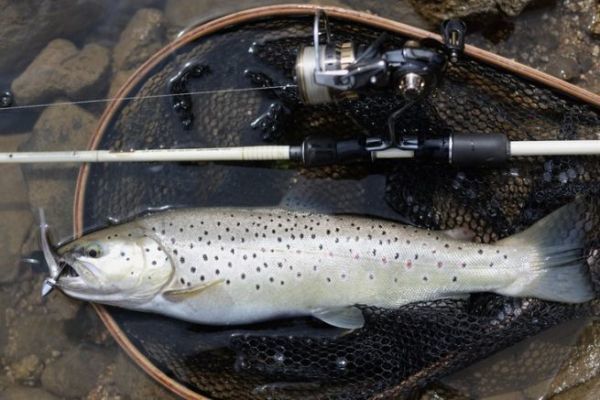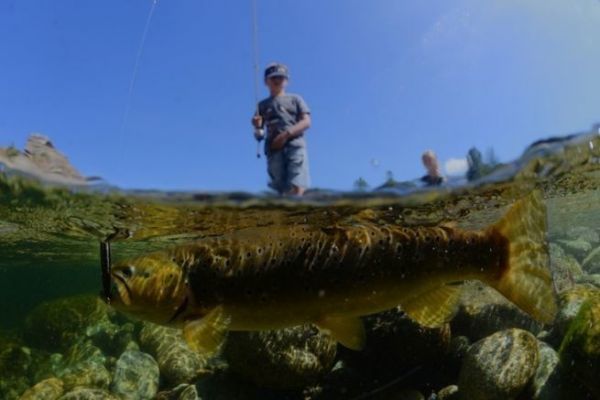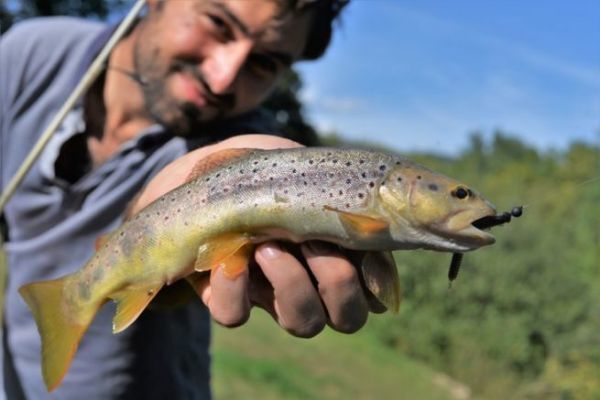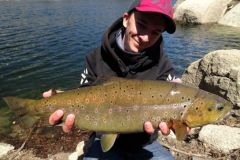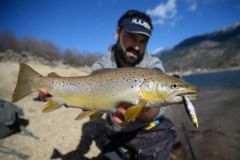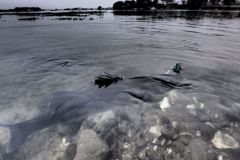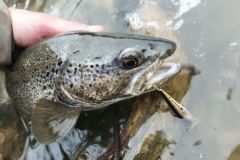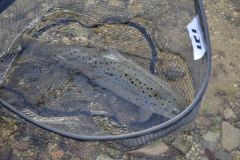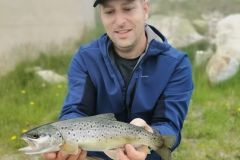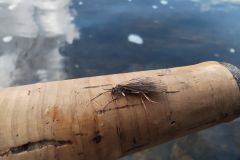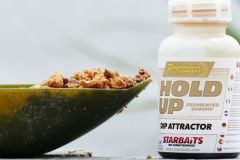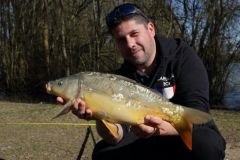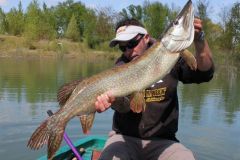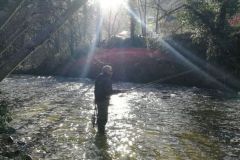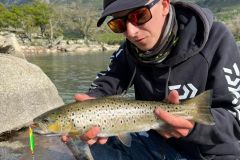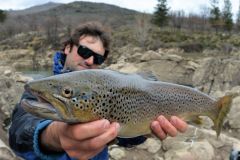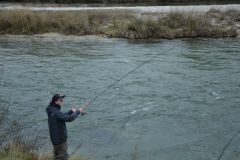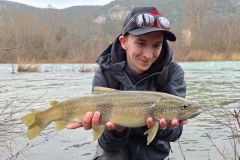A formidable lure for big fish
Among the many possibilities offered by soft lure fishing, my favorite type of lure is unquestionably the finesse soft lure! This is a pisciform (fish-shaped) lure with no vibrating appendages. The tail ends in a point, fork or flat. This type of soft lure is also known as softs jerkbaits.
Unlike virtually all other soft lures, these are capable of moving in 3 dimensions: not just up and down, but also left and right.
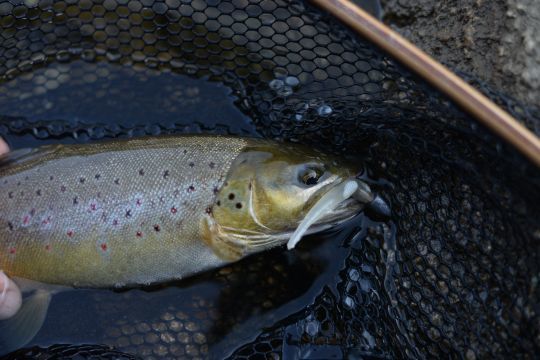
Mounted on a pointed lead head with a top attachment, the finesse will swim in all directions, being thrown up and down and left and right, like a fish on the run.
An extremely attractive swim for predatory salmonids, it has the ability to generate bites when other, more "vibrant" lures do not.
The basic animation consists in letting the lure sink to the desired depth, then using the scion to imprint twitches or jerks, dry enough to set the lure swimming. Perform 3 to 6 twitches every second or so, then take a break. During this pause, keep the banner semi-taut and in contact with the lure. Many bites occur during this pause. In fact, the animations give the lure very strong, sweeping movements that trigger the follow-through or attack phase, and the pause provides a feeding opportunity for the predator to seize the lure.
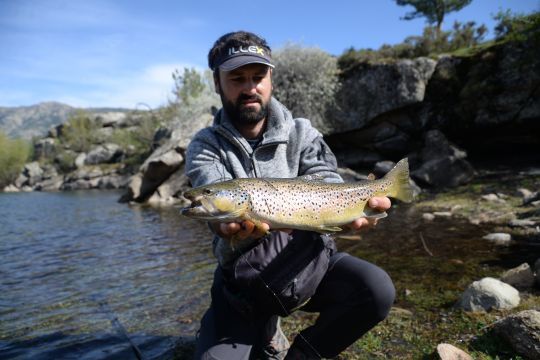
The touch can be very brutal, or almost imperceptible. This is particularly the case when trout attack from behind and seize the lure, creating a slack. At the slightest doubt or sensation of heaviness, strike firmly.
Adapting your equipment
This lure is very fishy and fearsome, but if it's one of my favorites, it's mainly for its ability to trigger big salmonids.
Soft lures are best used for upstream or lake fishing. In rivers, when left upstream, they spin and pass relatively hollow to trigger attacks from fish in position.
In mountain or reservoir lakes, they allow you to fish in deep areas and prospect large volumes of water for active fish.
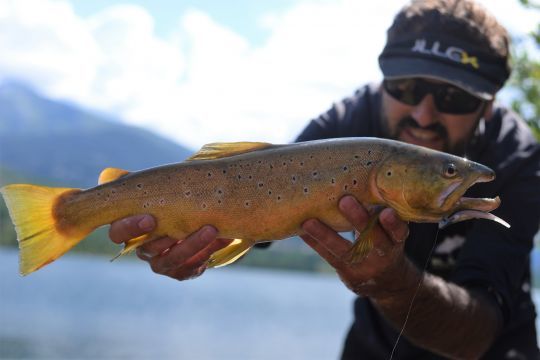
In terms of equipment, I particularly like combos designed for streetfishing. The full tip offers sensitivity and enough flexibility to let salmonids take hold of the lure. The rods have a lot of power in reserve and can handle big, combative fish. Depending on the size of the fish you're after, from L to ML (light to medium light). On lakes, a rod up to 2.40 m will do the trick. For river fishing, a rod from 2 m to 2m20 is preferable. For reels, a 2000 or 2500 will be perfect for balance. A high ratio is preferable for upstream river fishing, while an intermediate ratio offers more comfort and smoothness for lake fishing.
